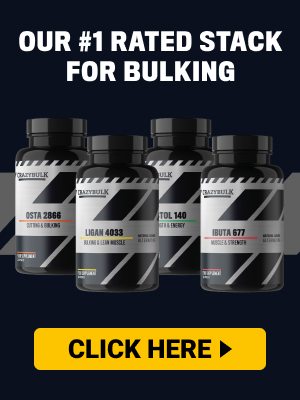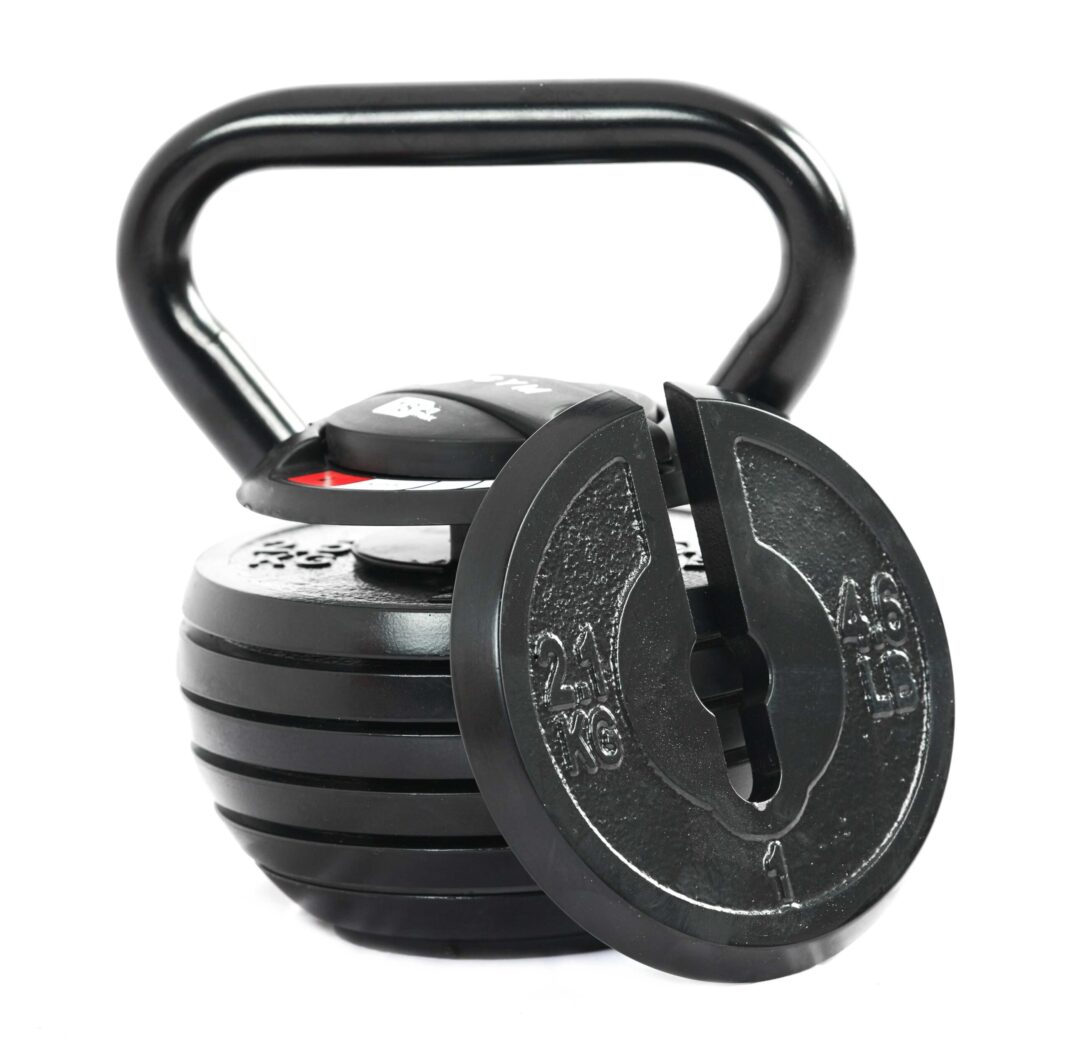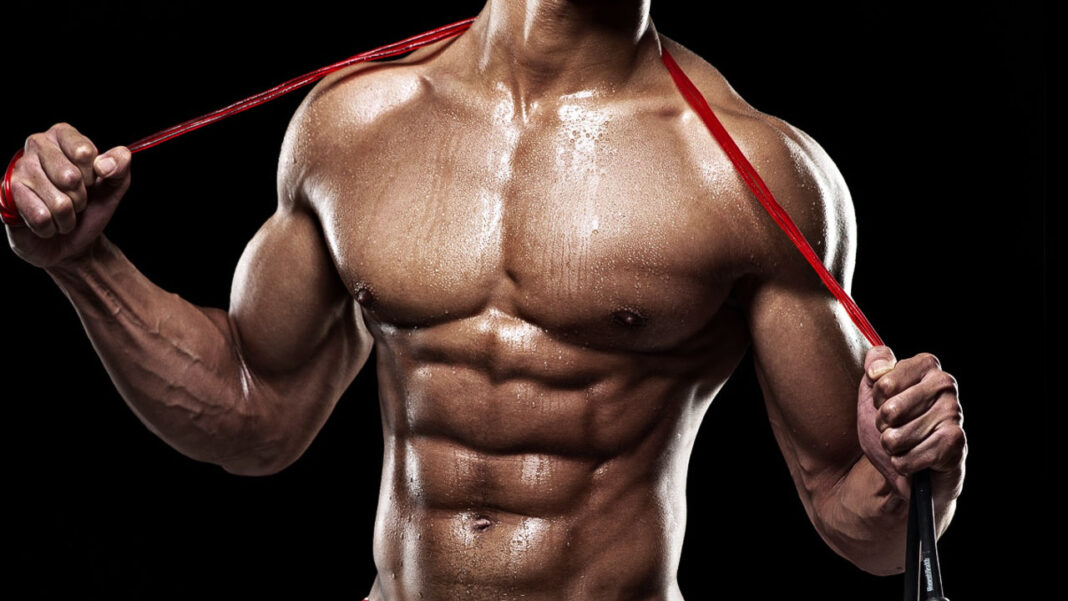Can You Get Ripped from Doing Push Ups? The Ultimate Guide
If you’ve ever dropped down and banged out a set of push-ups, you’ve probably wondered: “Could I actually get ripped just by doing this exercise?”
After all, push-ups are one of the oldest, most popular bodyweight movements on the planet. Soldiers, athletes, and fitness enthusiasts have used them for centuries as a measure of strength, discipline, and endurance.
But can push-ups alone really build the kind of lean, muscular physique most lifters dream about? The short answer: yes, push-ups can absolutely help you get ripped — but only under the right conditions.
This article takes a deep dive into how push-ups work, what muscles they target, how to maximize their effectiveness, and when you’ll need to go beyond them if your goal is a truly jacked, bodybuilder-level physique.
Understanding “Getting Ripped”
Before we tackle push-ups directly, let’s define what “getting ripped” actually means.
To most people, being ripped means:
- Low body fat (typically under 12% for men, 18–20% for women)
- Visible muscle definition (abs, chest, arms, shoulders)
- Overall lean and athletic look
👉 This requires two things:
- Sufficient muscle mass (built through resistance training).
- Low enough body fat (achieved through proper nutrition and caloric control).
So the real question isn’t just “Can push-ups build muscle?” but rather “Can push-ups build enough muscle and support fat loss so I look ripped?”
The Muscles Worked by Push Ups
Push-ups are a compound exercise — they train multiple muscles at once. The primary muscles involved include:
- Chest (Pectoralis Major & Minor): The push-up’s main mover.
- Shoulders (Anterior Deltoids): Assist in pushing the body upward.
- Triceps: Drive elbow extension and lockout strength.
- Core (Rectus Abdominis, Obliques, Transverse Abdominis): Stabilize the body during the movement.
- Serratus Anterior: The “boxer’s muscle,” key for shoulder stability.
Secondary involvement:
- Glutes, quads, and lower back for total-body stability.
👉 In other words, push-ups are a full-body movement disguised as an upper-body exercise. This makes them efficient for beginners training at home with no equipment.
The Limits of Standard Push Ups
Here’s where the truth comes in: while push-ups are amazing for building a base, they come with limitations.
- Limited Progressive Overload: Muscle growth requires gradually increasing resistance. With push-ups, your body weight doesn’t change much — so without variations, progress stalls.
- Chest Development Plateau: Push-ups emphasize endurance at high reps, but heavy resistance is needed to maximize hypertrophy.
- Lower-Body Neglect: Push-ups barely train your legs. If your goal is a balanced, muscular physique, you’ll need squats, lunges, or leg-focused work.
So yes, push-ups can start the process — but if you want true “ripped” status, you’ll eventually need to progress beyond just the basics.
How Push Ups Build Muscle
For beginners, push-ups are incredibly effective because of something called “newbie gains.”
When you’re untrained, even simple bodyweight resistance creates enough overload to trigger muscle growth. If you’re doing push-ups consistently, here’s what happens:
- Neurological adaptation: Your body learns how to recruit more muscle fibers efficiently.
- Hypertrophy: The chest, shoulders, and triceps adapt by growing thicker and stronger.
- Core strength: Push-ups strengthen stabilizers, which carry over into other lifts.
In fact, studies show that high-rep push-up training can build comparable strength to bench pressing at lighter weights — at least in the early stages of training.
Variations to Keep Growing
If your goal is to get ripped using push-ups, you’ll need to progressively overload by making them harder over time. Here are some proven progressions:
- Incline Push Ups: Easier version for complete beginners.
- Decline Push Ups: Elevate feet to shift more load to the upper chest/shoulders.
- Diamond Push Ups: Focuses more on triceps.
- Archer Push Ups: One arm does more of the work, increasing intensity.
- Clapping Push Ups: Adds explosive power.
- Weighted Push Ups: Place a backpack or plate on your back for added resistance.
- One-Arm Push Ups: Ultimate display of strength and control.
👉 With smart progressions, push-ups can challenge even advanced athletes.
Programming Push Ups for Muscle Growth
Push-ups can be programmed like any other resistance exercise. Here’s how:
- Reps & Sets for Hypertrophy: Aim for 3–5 sets of 8–15 tough reps. If you can easily do 30+ in a row, it’s time to progress to a harder variation.
- Tempo Training: Slow down the eccentric (lowering phase) to increase time under tension.
- Supersets: Combine push-ups with rows, pull-ups, or dips for a balanced upper body.
- Push-Up Ladders or EMOM (Every Minute on the Minute): Great for endurance and conditioning.
Sample Beginner Progression Plan:
- Week 1–2: 3×10 incline push-ups
- Week 3–4: 3×12 standard push-ups
- Week 5–6: 4×10 decline push-ups
- Week 7–8: 4×12 diamond push-ups
- Beyond: Start adding weighted or one-arm push-ups
Can Push Ups Alone Get You Ripped?
Here’s the honest breakdown:
- If you’re overweight: Push-ups alone won’t burn enough calories to get you lean. You’ll need a proper nutrition plan and possibly added cardio.
- If you’re skinny: Push-ups will add muscle mass, but without additional leg and back training, you’ll look unbalanced.
- If you’re already lean: Push-ups can absolutely make you look athletic and defined — especially if you use progressions and high volume.
So yes, push-ups can get you ripped to a point, but if you want to look like a competitive bodybuilder, you’ll need a full training program.
Nutrition: The Secret Weapon Behind Getting Ripped
Push-ups build muscle, but your diet determines whether you actually look shredded.
- Calorie Balance: To reveal muscle definition, you need to be in a slight calorie deficit.
- Protein Intake: Aim for 1.6–2.2 g/kg bodyweight. Egg whites, whey protein, chicken, beef, and fish should be staples.
- Smart Carbs & Fats: Carbs fuel push-up workouts; healthy fats support hormones.
- Hydration: Even slight dehydration reduces performance and recovery.
🔗 Related Article: [The Gallon of Milk a Day (GOMAD) Diet]
When to Move Beyond Push Ups
At some point, push-ups won’t be enough. If you’re serious about building muscle, here’s when to add more:
- When you can do 30+ standard push-ups easily.
- When chest/arm progress stalls.
- When your physique looks unbalanced (no legs/back).
At this stage, adding weights (dumbbells, barbells, or weighted calisthenics) is key. Think bench press, squats, and pull-ups to round out your body.
Realistic Expectations
Let’s be real: you won’t look like Arnold Schwarzenegger or a pro bodybuilder from push-ups alone. But here’s what you can achieve if you train hard and stay consistent:
- A defined chest and arms
- Stronger, more visible shoulders
- A lean, athletic look when combined with a good diet
- Improved endurance and functional strength
In short: push-ups can absolutely be your gateway to getting ripped, but they’re not the final destination.
Final Thoughts
So — can you get ripped from push-ups? Yes, but with limitations.
Push-ups are an excellent starting point for beginners and can help you build a lean, muscular upper body if combined with proper nutrition and progressive overload.
They’ll give you definition, strength, and endurance. But to reach advanced levels of muscularity, you’ll need to expand into a more complete training program that covers the entire body.
👉 Use push-ups as your foundation, but don’t stop there. Add weight, progress the variations, improve your nutrition, and keep pushing (literally). That’s the path to getting truly ripped.
🔗 Next Steps:
- Start with the [Beginner Full-Body Workout Plan]
- Move onto the [5×5 Strength Training Program]
- Learn how to [Track Progress as a Beginner]
- Read our [Beginner’s Guide to Recovery]







